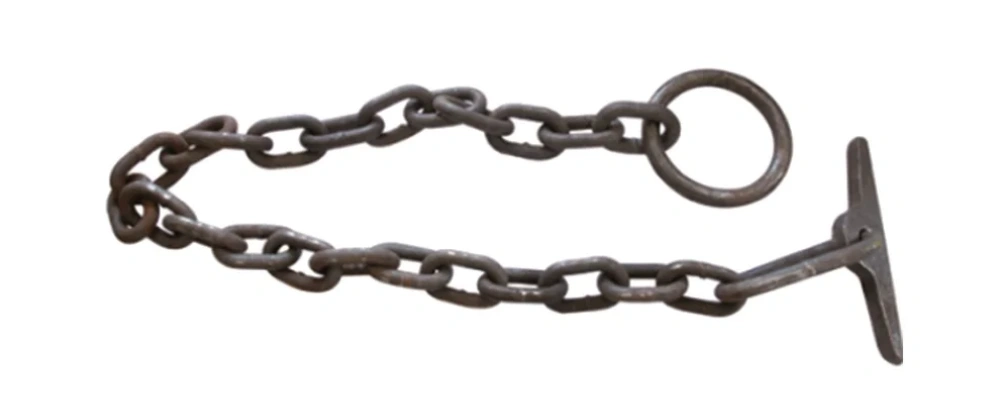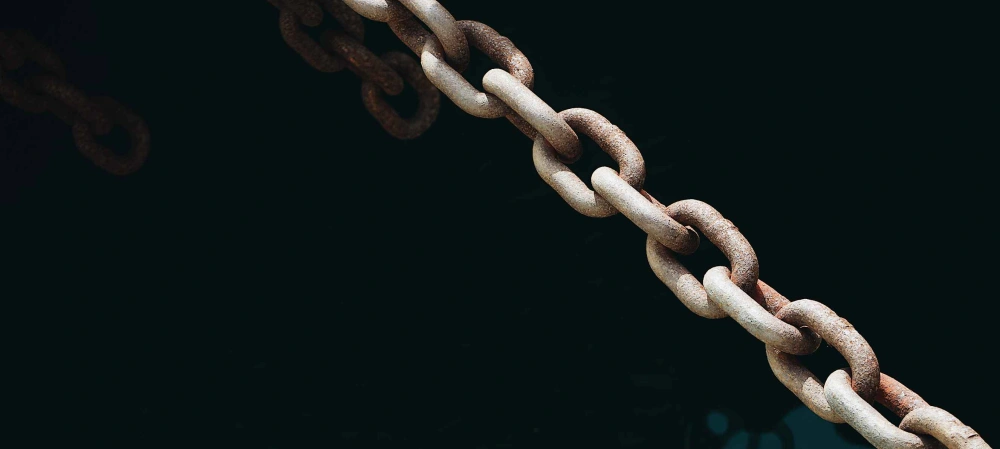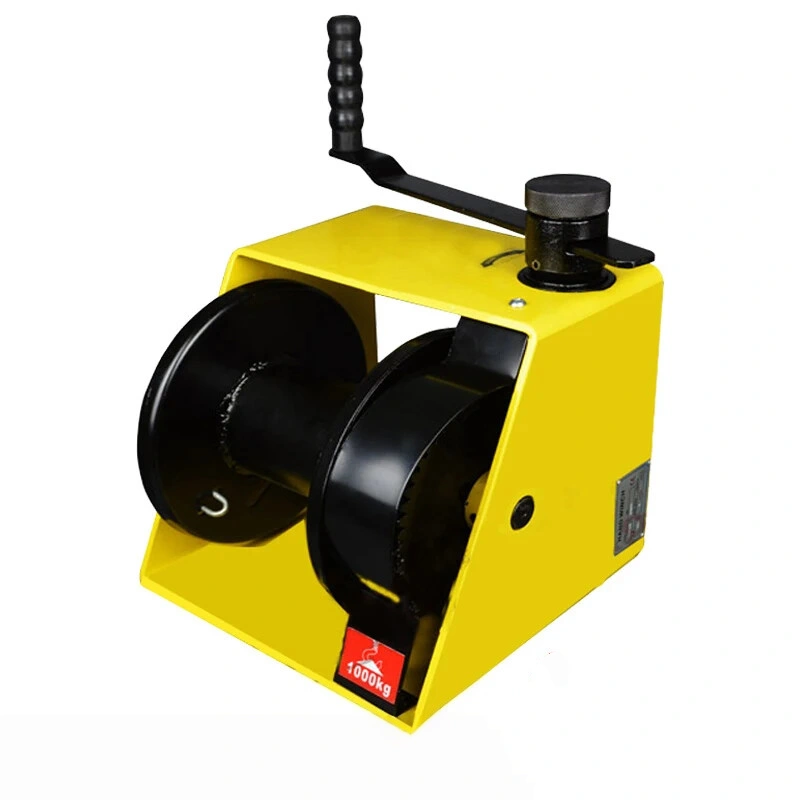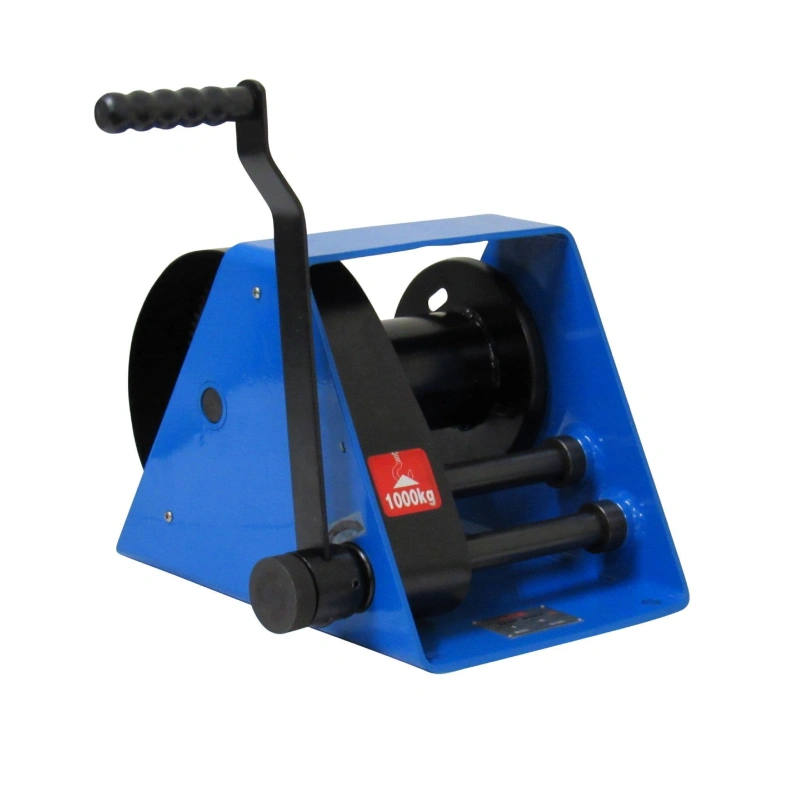Imagine you work at a busy construction site or help manage a large transportation hub. You need equipment that keeps materials secure and operations running smoothly. A chain boom is a strong, linked barrier that helps you handle heavy loads safely.
You see boom systems in action across many industries. In construction, you use a boom to finish tasks quickly. In transportation, the boom moves goods and keeps warehouses organized. Retail e-commerce also relies on boom setups for handling large shipments.
| Industry | Usage of Chain Booms |
|---|---|
| Construction | Used to quickly finish labor processes at construction sites. |
| Transportation & Logistics | Extensively used for moving heavy goods and warehouse maintenance. |
| Retail E-commerce | Facilitates the handling of goods in large quantities. |
The global market shows strong growth for boom equipment, especially in the construction and marine sectors. You depend on the boom for safety, reliability, and efficiency every day. Understanding what is a chain boom helps you choose the right solution for your workplace.
Key Takeaways
- A chain boom is a strong, linked barrier used to lift, move, and secure heavy materials across various industries.
- In construction, transportation, and logging, chain booms enhance safety and efficiency by providing reliable support for heavy loads.
- Regular maintenance and inspections of chain booms are crucial for safe operations and to prevent accidents.
- Choosing the right type of boom—crane or chain—depends on your specific task, whether it’s lifting or containment.
- Using high-quality, certified chain booms ensures durability and compliance with safety standards, improving overall project efficiency.
What Is a Chain Boom?

Structure and Function
You may wonder what is a chain boom and how it works in your industry. A chain boom is a strong, linked barrier made from heavy-duty chains. You use it to lift, move, and position cargo or materials.
The boom acts like an arm, giving you the reach and strength needed for tough jobs. You see chain booms in cranes, logging operations, and marine environments.
When you use a chain boom, you rely on its structure for safety and efficiency. Each boom consists of several main components that work together to handle heavy loads.
- The boom resembles an arm and is crucial for lifting, moving, and positioning cargo.
- It is one of the largest components of a crane and determines how far you can reach with your equipment.
- Lattice booms use welded steel trusses, making them ideal for lifting large, heavy objects.
- Hydraulic booms, also called telescoping booms, extend to great heights and retract for easy transport.
- The boom bears most of the load during operations, so you depend on its strength and design.
You find chain booms in many settings. In construction, you use them to move steel beams and concrete blocks. In marine work, you rely on chain booms to create floating barriers or secure docks. In logging, you connect logs with a chain boom to form rafts for transport.
History and Applications
You may ask what a chain boom is and where it comes from. The history of chain booms goes back to the early 19th century. Engineers in France experimented with chain boat navigation on the River Saône.
They used cables and chains to move boats, which helped meet the growing demand for transport during industrialization. By 1825, companies used these systems on the River Seine, making it easier to haul large barges and improve transport efficiency.
In logging, you see chain booms used to build massive floating barriers. Workers constructed brails of logs up to 600 feet long and 45 feet wide. They fastened the longest logs at the ends with heavy chains made of three links.
Each log had a hole bored through it, and a pin secured the chain, forming a strong boom for moving logs across water.
Today, you use chain booms in many industries. You rely on them for navigation control, log containment, and material handling. Chain booms help you keep waterways clear, transport timber, and secure cargo in construction and marine projects.
| Standard | Description |
|---|---|
| Annex I of NR-22 | Governs steel cables, chains, and accessories in industrial settings |
| Annex III of NR-22 | Sets minimum requirements for fixed boom hoisting equipment |
You must follow strict regulations when you use a chain boom. These standards cover design, construction, testing, and maintenance. You ensure safety by meeting requirements for personnel platforms and hoisting equipment.
You see that what a chain boom is not just a question about equipment. It is about how you use technology to solve problems in your industry. The boom gives you the power to move, lift, and secure materials with confidence.
Log Boom Chain
When you look for a reliable solution for log containment and transport, you want a product that stands up to tough conditions. Powerful Machinery offers a log boom chain that meets your needs in demanding environments.
This chain uses high-quality carbon steel, alloy steel, or galvanized steel. You get strong resistance to corrosion and wear, which means your boom lasts longer in both freshwater and saltwater. You can choose custom lengths and finishes, so your boom fits your specific project.
Product Features
You will notice several features that set this log boom chain apart. Each chain is proof tested for safety and reliability. You can select from different sizes and finishes, such as self-colored or hot-dip galvanizing. The chain connects logs securely, forming a floating boom that keeps your materials in place.
You can use attachments like hooks or rings for easy installation. Certifications from RINA and BV give you confidence in the chain’s quality. You know your boom meets strict industry standards.
Tip: Regular inspection and maintenance help your boom chain perform at its best.
Industry Applications

You find the log boom chain in many industries. In logging, you use the boom to link logs together for safe transport across water. In marine projects, you rely on the boom to create floating barriers or secure docks. Construction sites benefit from the boom’s strength when handling heavy materials near water.
Transportation companies use the boom to organize and move large cargo. You see that the boom adapts to many tasks, much like the applications of crane booms in lifting and moving loads. Powerful Machinery’s log boom chain gives you a trusted tool for every job.
Using a Chain Boom
Step-by-Step Guide
You need to follow clear steps when you install a chain boom in a marine or logging environment. You want to make sure your crane and boom work safely and efficiently. Here is a simple guide to help you:
- Select Towing Vessels
Choose vessels with enough towing capacity. For example, a vessel should have over 100 horsepower if the boom creates a resistance of 20,000 Newtons. This step helps you avoid overloading your crane and ensures smooth operation. - Determine Deployment Scheme
Plan how you will deploy the boom. Consider the type and length of the boom, the platform you use, and the number of workers needed. You want your crane to handle the boom without problems. - Prepare Before Deployment
Check all equipment. Connect each unit of the boom and secure them on the vessel’s deck. Make sure your crane is ready for lifting and moving the boom into position. - Install the Boom
Use your crane to lift and place the boom where you need it. Attach the boom to logs or other materials. Double-check all connections for safety. - Inspect After Installation
Look over the boom and crane. Make sure everything is secure. Test the boom with a small load before full operation.
Tip: Always keep a record of your installation steps. This helps you track maintenance and spot issues early.
Regular maintenance keeps your crane and boom in top shape. You should inspect your crane often. Look for wear, cracks, or corrosion on the boom and crane parts. Check hooks, lifting attachments, and mechanical systems.
Make sure hydraulic and electrical systems work well. Lubricate moving parts and verify that safety devices function correctly.
Safety Tips
You face several hazards when you operate a crane and boom. You must follow best practices to stay safe. The table below shows common risks and how you can reduce them:
| Common Hazards | Best Practices to Mitigate Risks |
|---|---|
| Overloading | Know your limits and verify load capacity. Use load charts for lifting capabilities. Monitor loads with devices. |
| Weather Conditions | Watch weather reports and stop work if it is unsafe. Know wind speed limits. Secure equipment during sudden changes. |
| Electrical Hazards | Keep a safe distance from power lines. Use spotters near electrical lines. Work with utility companies to de-energize lines. |
You should always check the load charts for your crane. Never exceed the rated capacity. Monitor the weather before you start work. Secure your boom and crane if storms approach. Keep your crane away from power lines. Use a spotter if you must work near electrical hazards.
Note: Regular training helps you and your team stay safe. Review safety rules often and update your procedures as needed.
You improve safety and efficiency when you follow these steps. Your crane and boom will last longer, and you will avoid costly accidents. You can use these tips in construction, marine, and logging projects.
Benefits and Limits

Advantages
You gain many advantages when you use a chain boom, especially Powerful Machinery’s Log Boom Chain. This equipment gives you the strength and reliability you need for tough jobs. In the construction industry, you often depend on a crane and boom system to move heavy materials safely.
The log boom chain stands out because it uses high-strength steel. This material lets your crane handle extreme working conditions without failure.
Here is a table that shows the key advantages of Powerful Machinery’s Log Boom Chain:
| Advantage | Description |
|---|---|
| High-Strength Material | Manufactured from high-strength steel, ensuring durability under extreme working conditions. |
| Versatility | Suitable for a variety of lifting applications, making it adaptable to different job site needs. |
| Safety Features | Designed to handle heavy loads safely, minimizing risk to operators and equipment. |
| Toughness | Built to withstand heavy weights without damage, ensuring long-lasting performance. |
| Reliability | Forms the backbone of lifting solutions in construction, ensuring the safe transfer of bulky materials. |
You can use this chain boom with your crane in many settings. You see it in marine projects, logging, and construction. The chain boom helps you create floating barriers, secure docks, and move logs or cargo.
Your crane can lift, position, and transport materials with less risk. The boom’s design also means you spend less time on repairs and more time getting work done.
Tip: When you choose a certified log boom chain, you improve safety and efficiency for every crane operation.
Limitations
You should know that some factors can limit the effectiveness of a chain boom. Environmental conditions play a big role. Strong water currents, high waves, or strong winds can affect how well your crane and boom perform. If you do not match the boom design to the environment, you may not get the best results.
The table below lists some common factors that can restrict chain boom performance:
| Factor | Description |
|---|---|
| Environmental Conditions | Water currents, wave height, and wind conditions can affect boom effectiveness. |
| Deployment and Maintenance | Challenges in quick deployment and maintenance can hinder response efforts. |
| Boom Selection and Design | Mismatched boom design for environmental conditions can lead to inadequate containment. |
| Deployment Speed and Logistics | Logistical issues can impede the rapid deployment necessary during an oil spill. |
You must plan your crane and boom operations carefully. Always check the environment before you deploy your crane or boom. Make sure your crane and boom match the job site needs. Regular maintenance and inspection help you avoid problems.
When you follow these steps, you get the most from your crane and boom in any construction or marine project.
Crane Boom vs Chain Boom
Key Differences
You often see a crane boom at construction sites and shipping yards. The crane boom acts as the main arm of the crane. It lifts, moves, and positions heavy loads. You find several types of crane booms, such as lattice booms, hydraulic booms, and telescopic booms.
Each type serves a specific purpose. The purpose of crane booms is to extend reach and increase lifting capacity.
A chain boom works differently. You use a chain boom to create barriers or link materials, especially in the marine and logging industries. The chain boom does not lift loads like a crane boom. Instead, it secures logs or forms with floating barriers. You rely on the chain boom for containment and organization.
| Feature | Crane Boom | Chain Boom |
|---|---|---|
| Main Use | Lifting and moving loads | Containment and linking |
| Common Industries | Construction, shipping, transport | Logging, marine, agriculture |
| Structure | Steel arm with mechanical systems | Heavy-duty linked chains |
| Types | Many types of crane booms | Usually, one main design |
| Operation | Requires a crane | Manual or vessel deployment |
Tip: You should match the boom type to your project needs forthe best results.
Choosing the Right Solution
You need to decide which equipment fits your job. If you want to lift steel beams or concrete blocks, you choose a crane boom. You select from different types of crane booms based on height, reach, and load requirements. You use a lattice boom for heavy lifting. You pick a hydraulic boom for flexible movement.
If your task involves securing logs or creating floating barriers, you choose a chain boom. You use the chain boom in water environments or for containment. You do not need a crane for most chain boom operations. You focus on durability and corrosion resistance.
Consider these steps when choosing:
- Identify your main task: lifting or containment.
- Review the types of crane booms for lifting needs.
- Check the environment: land or water.
- Evaluate safety and certification requirements.
- Consult with experts for complex projects.
Note: You improve safety and efficiency when you select the right boom for your application.
You make better decisions when you understand the differences between a crane boom and a chain boom. You ensure your project runs smoothly and safely.
Conclusion
You now understand that a chain boom helps you secure, contain, and move heavy materials in many industries. Powerful Machinery’s Log Boom Chain gives you proven strength and reliability for tough jobs.
Choose certified, high-quality chains to keep your operations safe and efficient.
- Explore your options with Powerful Machinery’s experts
- Get tailored recommendations for your project
- Visit Powerful Machinery’s website for more details
FAQ
What is the main purpose of a chain boom?
You use a chain boom to create a strong barrier or link heavy materials. In logging, you connect logs for transport. In marine work, you form floating barriers. Chain booms help you control, contain, and move materials safely.
Can you use a log boom chain in saltwater?
Yes, you can use a log boom chain in saltwater. Chains made from galvanized or stainless steel resist corrosion. This feature helps your equipment last longer in harsh marine environments.
Tip: Always rinse your chain with fresh water after saltwater use to extend its life.
How do you maintain a log boom chain?
You should inspect your chain regularly. Clean off dirt and rust. Apply a rust inhibitor if needed. Store your chain in a dry place. Check for wear or damage before each use.
Are log boom chains customizable?
Yes, you can order log boom chains in custom lengths and finishes. Powerful Machinery offers options like self-colored or hot-dip galvanizing. You choose the size and features that fit your project.
What certifications do Powerful Machinery’s log boom chains have?
| Certification | Description |
|---|---|
| RINA | Marine industry standard |
| BV | International safety standard |
You get peace of mind knowing your chain meets strict safety and quality standards.


